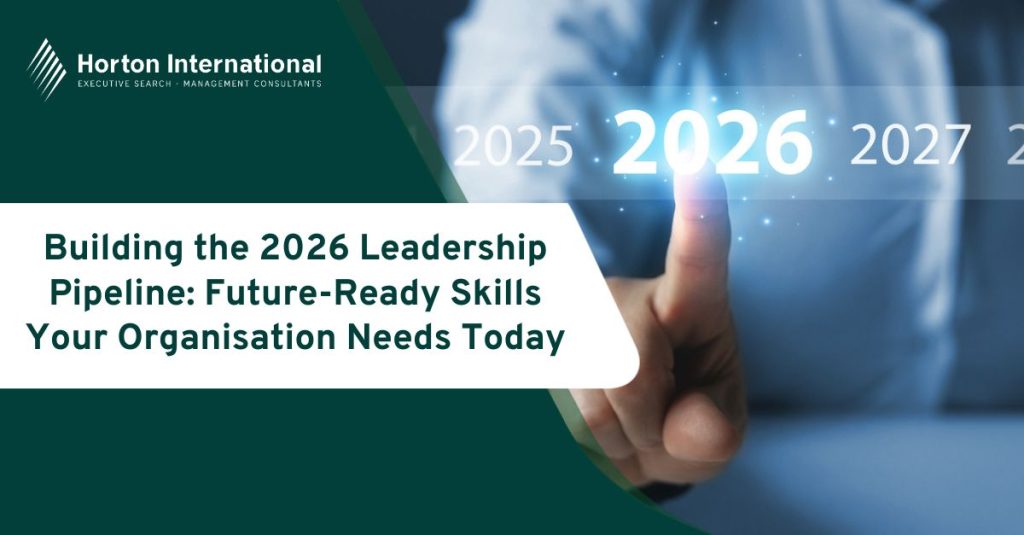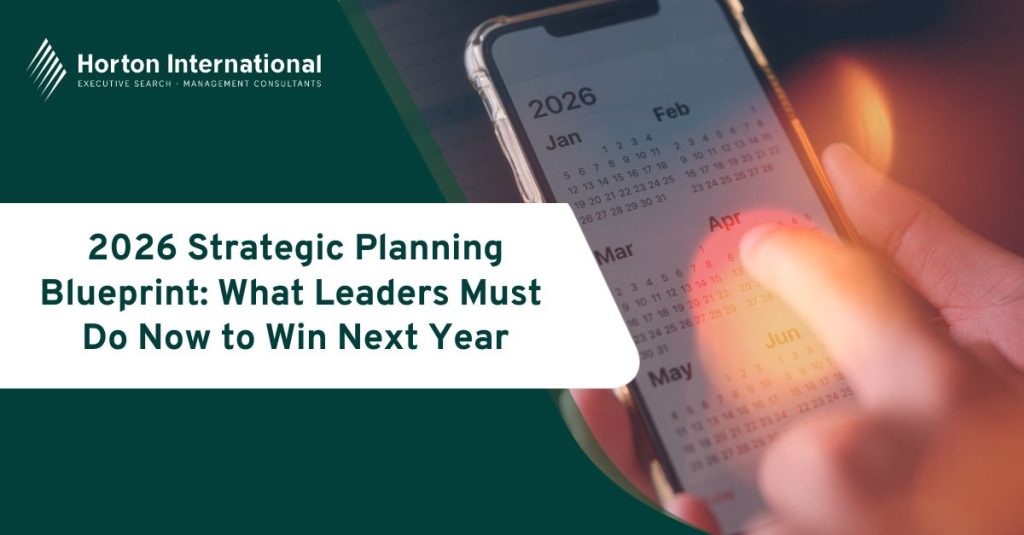AI-driven talent strategies aligned with business objectives provide a powerful competitive advantage. Here’s how to ensure your approach strategically integrates AI while maintaining a balanced, human-centered organization.
1. Understanding Business Strategy
“Do we fully understand our organization’s business strategy and objectives, enabling us to create an AI-savvy talent strategy that meets target outcomes?”
Align your talent strategy directly with overarching business goals to ensure AI initiatives drive real value and support strategic outcomes.
2. AI Fluency In HR
“Are our HR and Talent Acquisition teams sufficiently fluent in AI to ask insightful questions, make informed decisions, and challenge assumptions?”
HR leaders must understand AI’s strategic impacts on talent management and acquisition to effectively guide and influence organizational decisions.
3. Aligning AI With Culture & Employer Brand
“Do our AI-driven talent strategies reinforce our company culture and employer brand, or risk undermining them?”
Ensure AI amplifies your core values, employer value proposition, and talent brand.
4. Balancing AI And Human Talent
“Are we thoughtfully balancing AI-driven automation and human skills within our organizational structure?”
Intentionally integrate AI and human capabilities, preserving essential human elements
critical for organizational success.
5. Identifying And Developing AI-savvy Talent
“Are we actively identifying, recruiting, and developing talent capable of leveraging AI or quickly adapting to it?”
Prioritize strategies that attract and nurture talent with AI fluency and adaptability.
6. Designing AI-integrated Workforce Plans
“Are we proactively redesigning roles, career paths, and structures to blend AI and human strengths strategically?”
Optimize role design to leverage AI tools alongside human creativity, judgment, and interaction.
7. Strategic Choices: Build Vs. Buy In Talent Tech
“Should we develop AI-driven HR capabilities internally or leverage external solutions?”
Strategically decide where internal capabilities provide competitive advantages and where partnerships offer rapid, cost-effective solutions.
8. Managing Fear & Resistance
“Are we addressing employee concerns about AI adoption with clear communication and supportive training?”
Promote transparency and education to reduce resistance and foster confidence in AI-driven
change.
9. Establishing Ethical AI Guardrails
“Have we clearly defined ethical guidelines and oversight mechanisms for AI use in HR?”
Set ethical boundaries proactively to align AI with organizational values and standards.
10. Measuring True AI Success In HR
“How are we evaluating the success of AI initiatives beyond basic efficiency metrics?”
Assess meaningful outcomes such as employee satisfaction, retention, diversity, and candidate experience to measure genuine impact.
These 10 questions should serve as ongoing checkpoints rather than a single assessment. Make them part of your regular HR strategy sessions and talent planning discussions.
Success with AI in HR isn’t about adopting every new tool or keeping up with competitors. It’s about sustained, strategic thinking that ensures technology enhances your people practices without compromising the human connections that drive organizational success.
By incorporating these discussions into your quarterly reviews and annual planning, you’ll stay proactive rather than scrambling to catch up. More importantly, you’ll maintain focus on what truly drives performance—your people—while thoughtfully integrating AI to amplify their potential and your organization’s impact.







